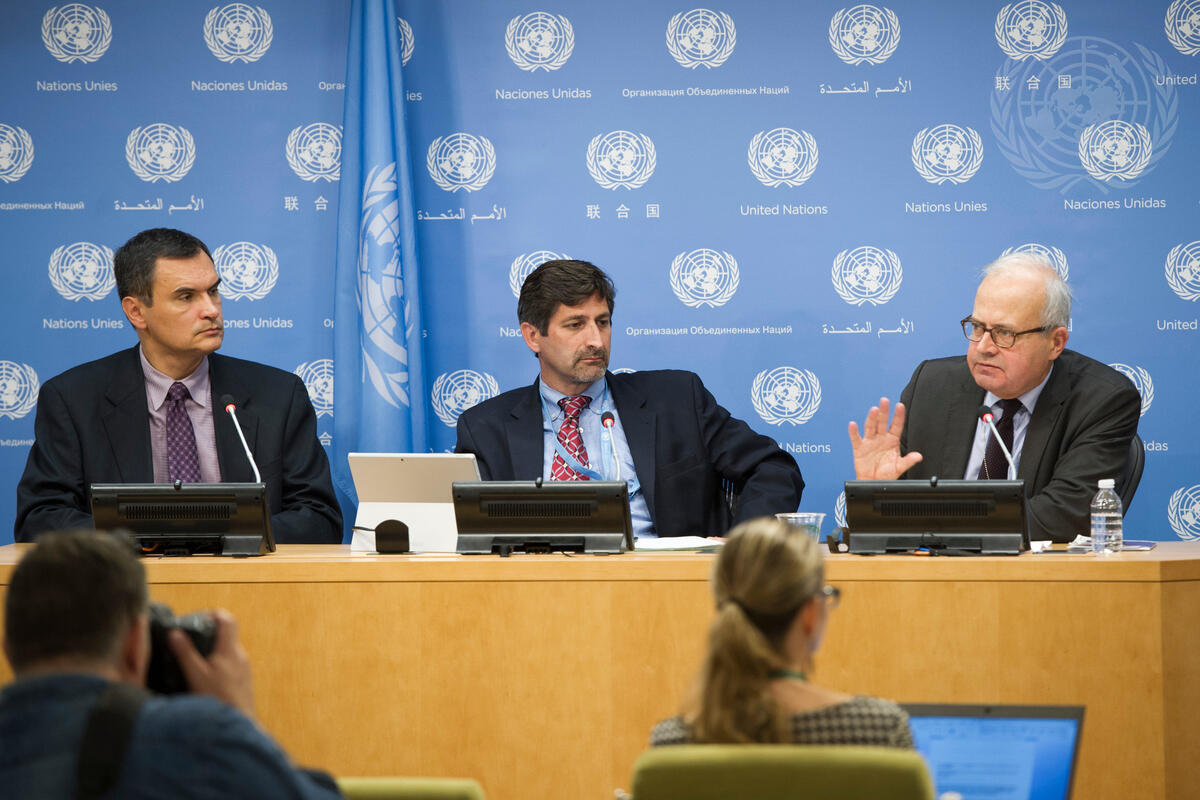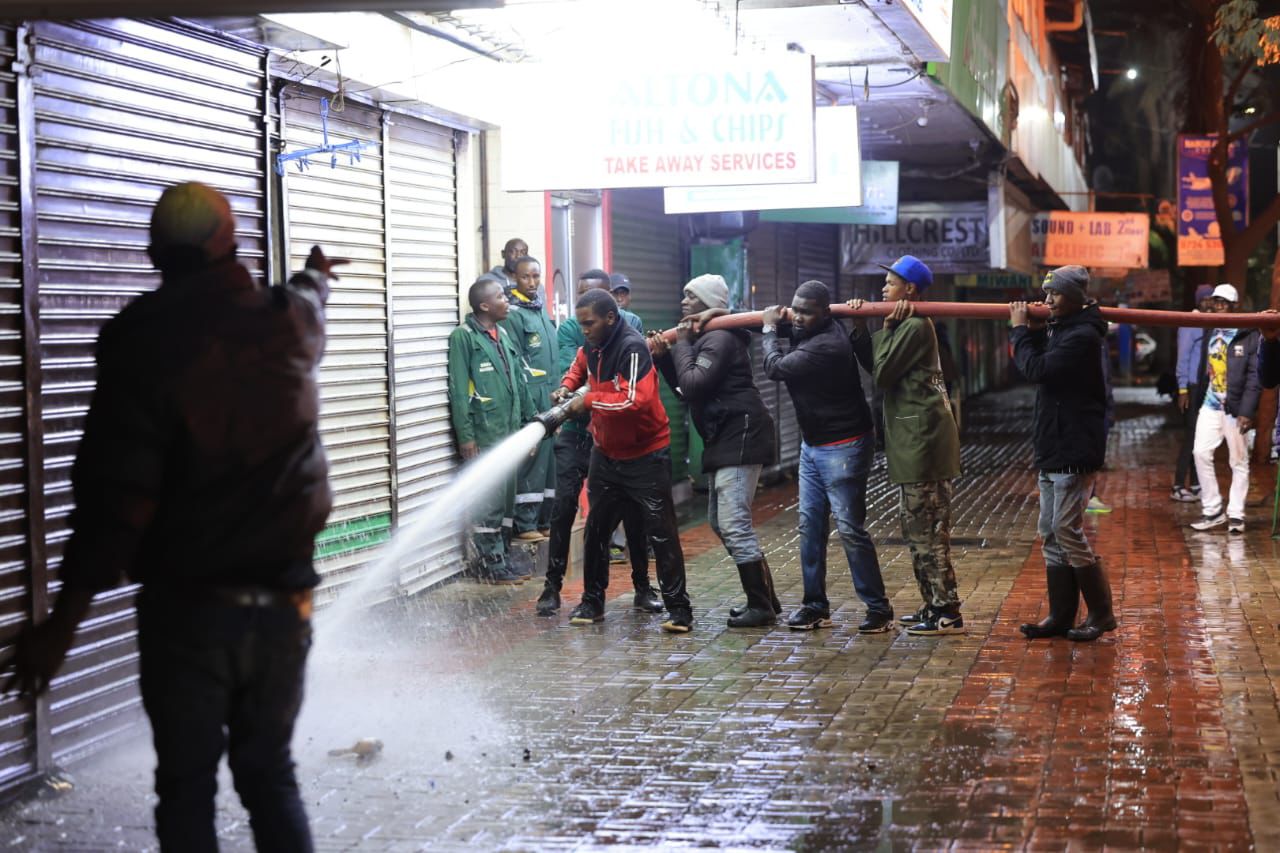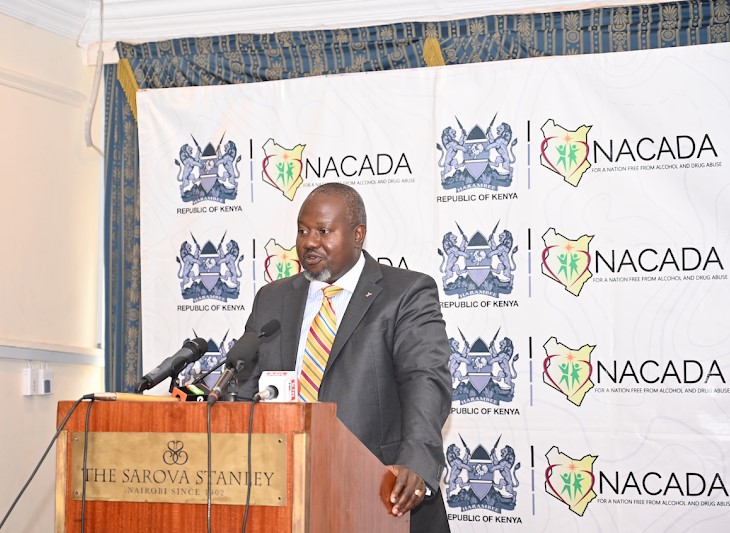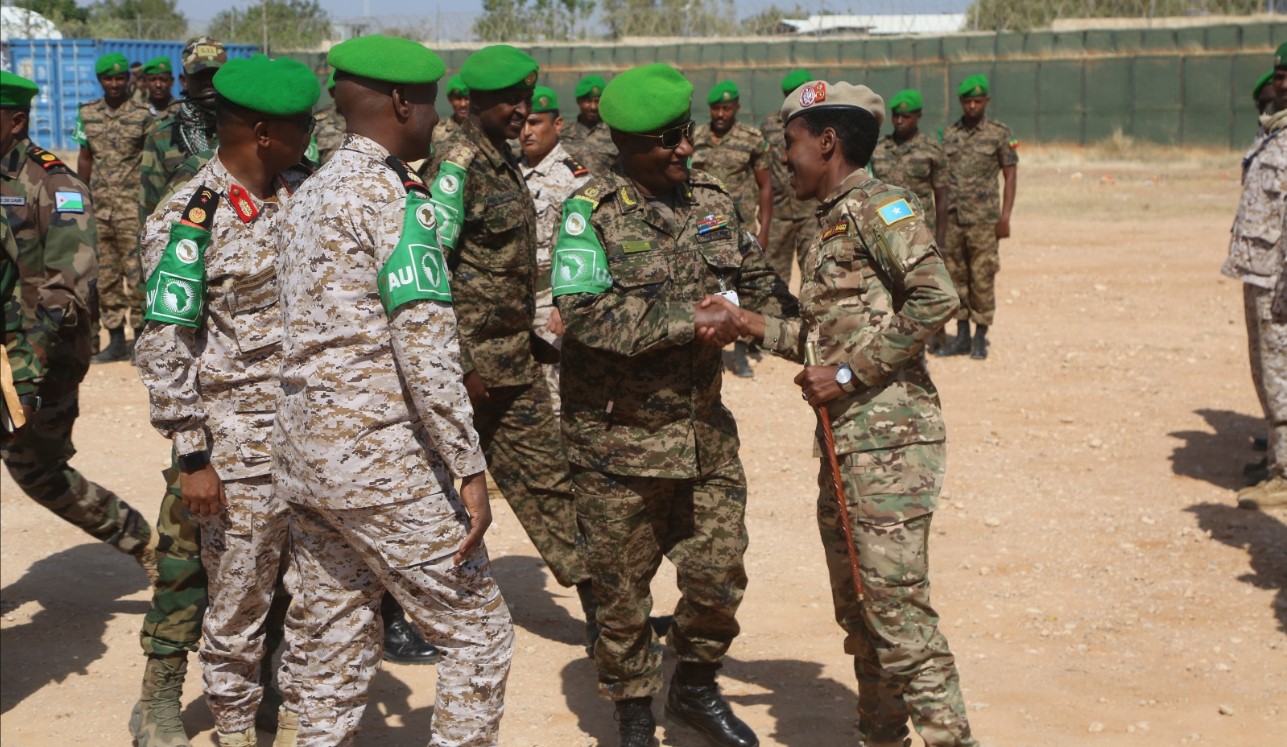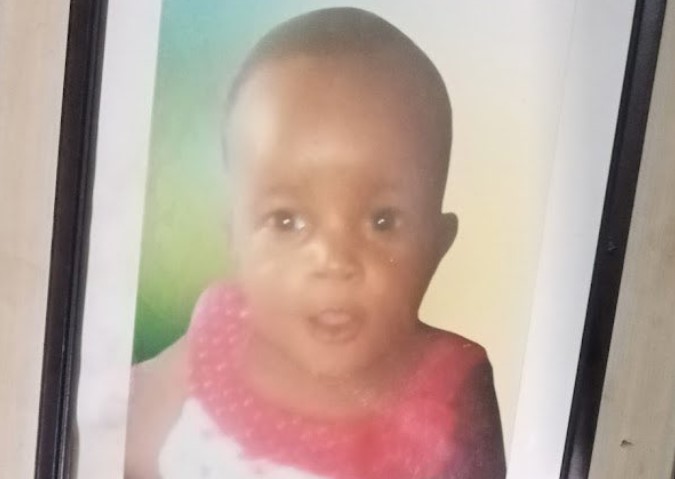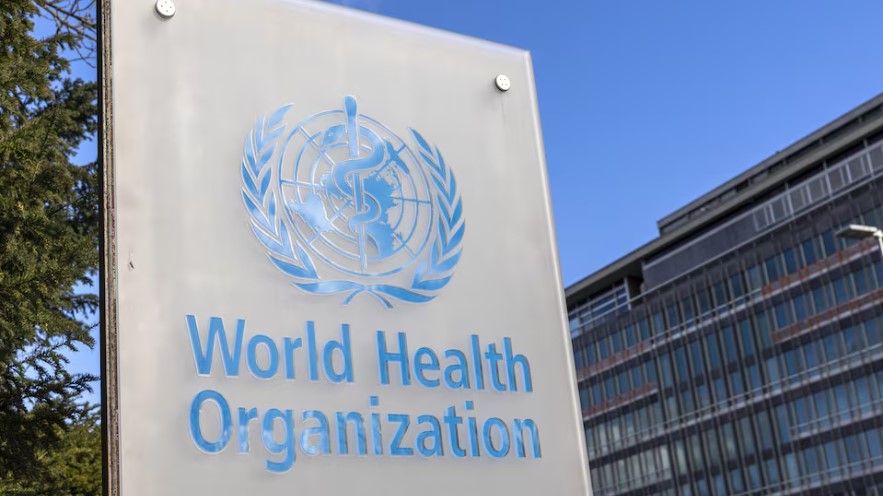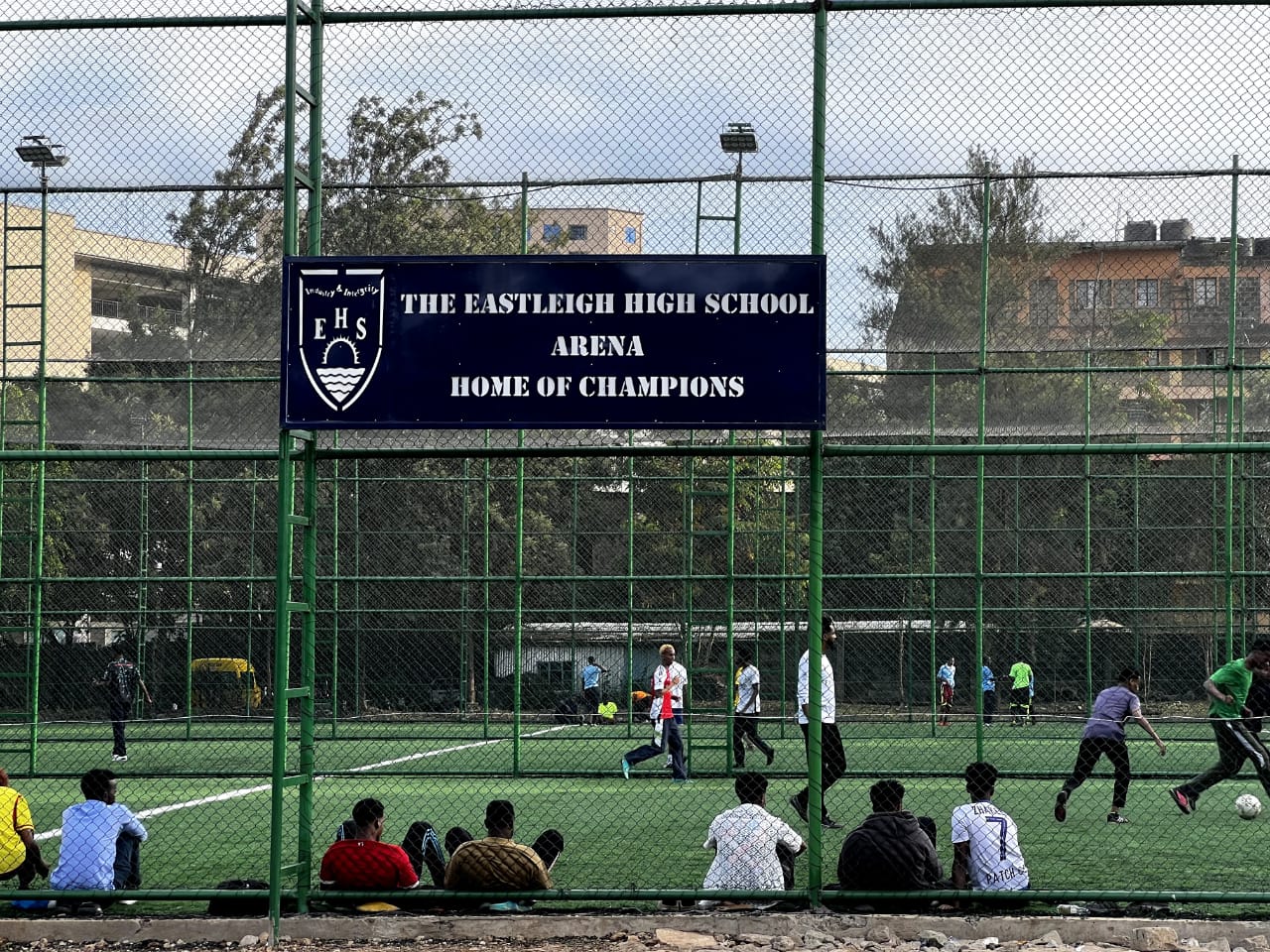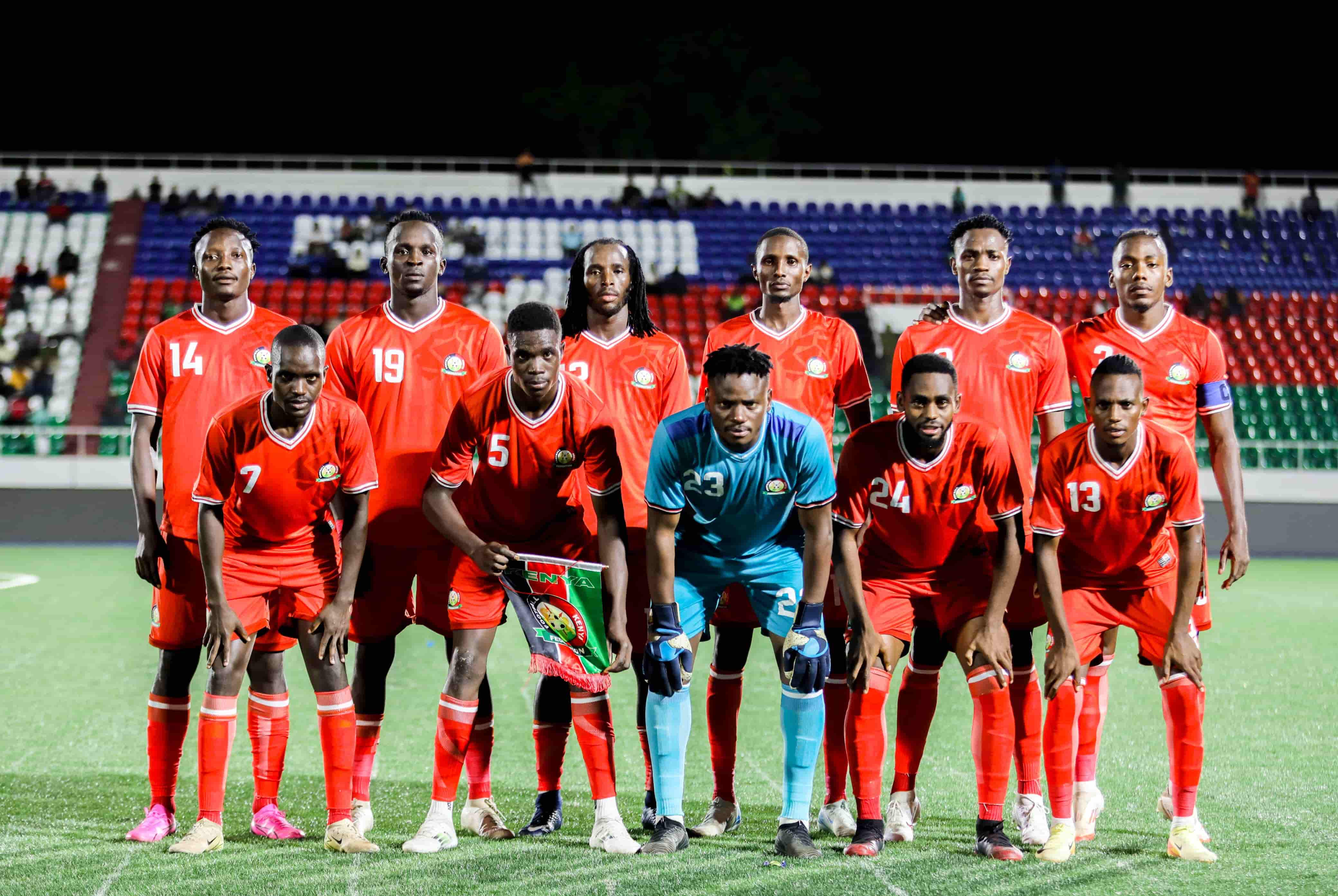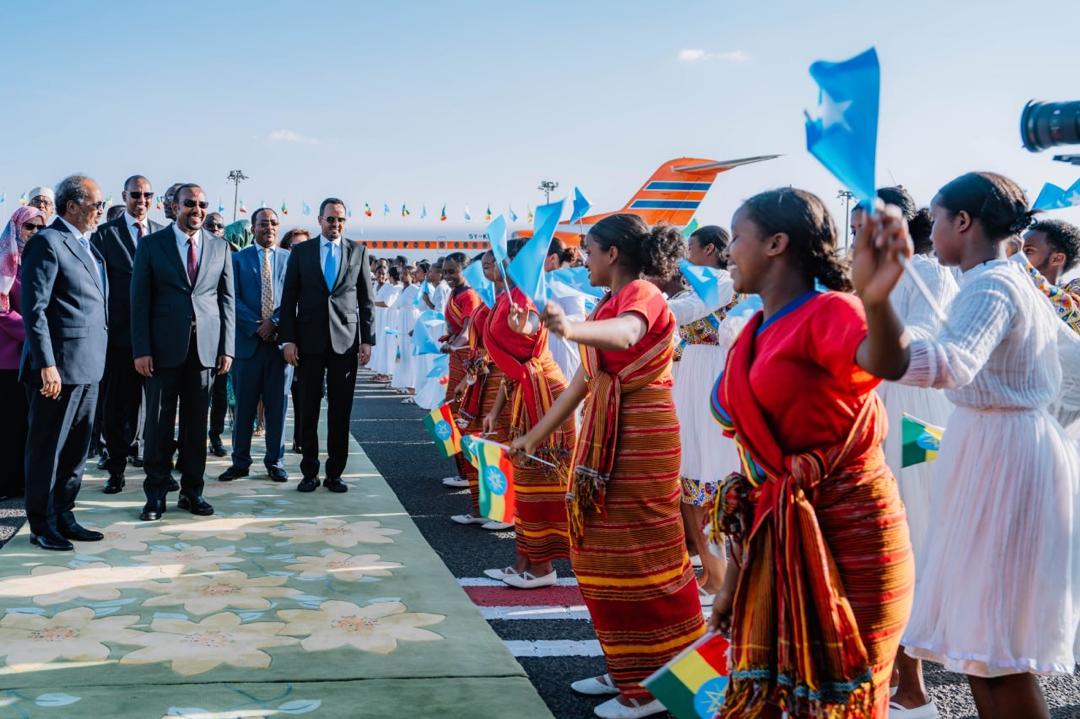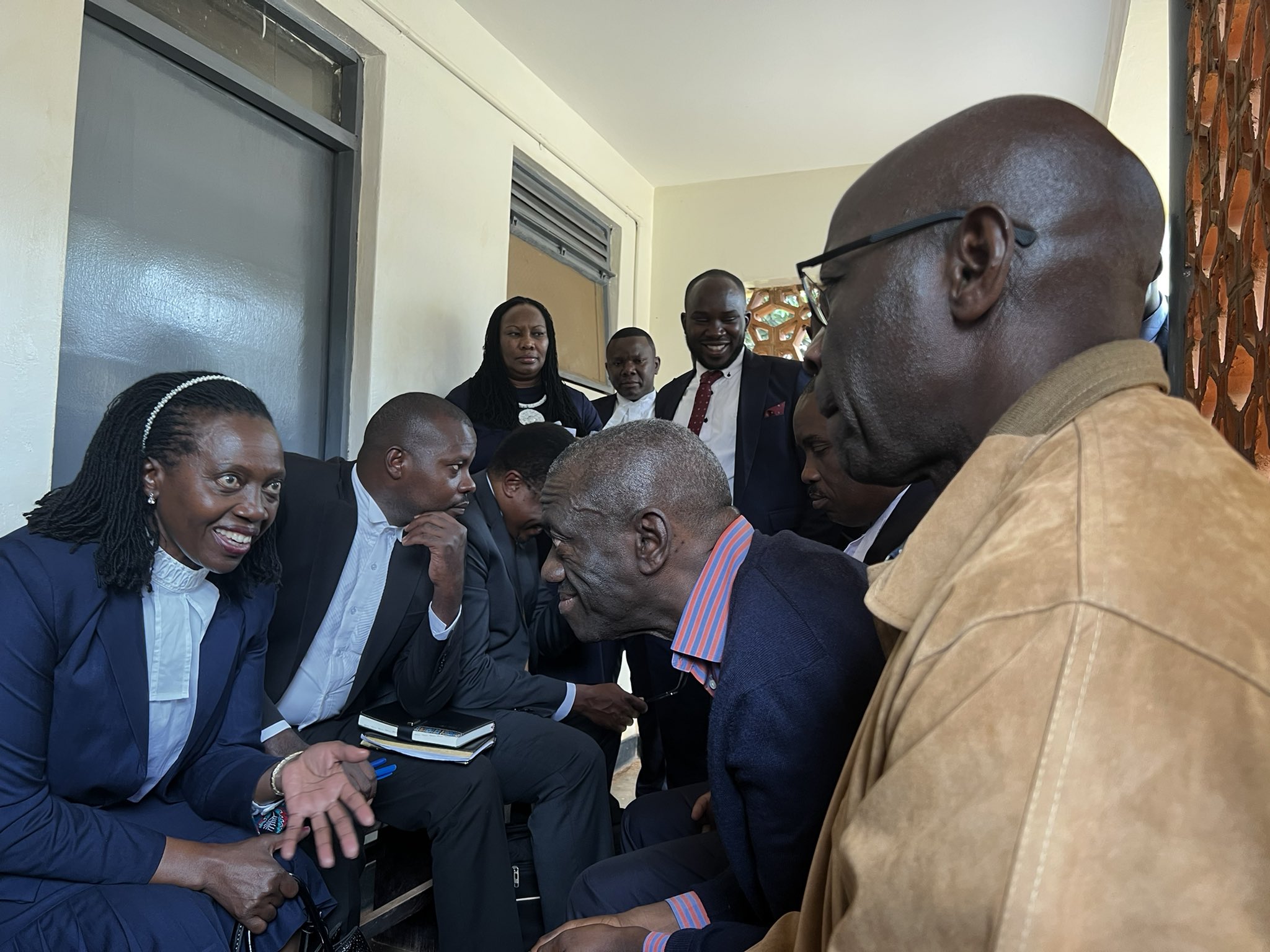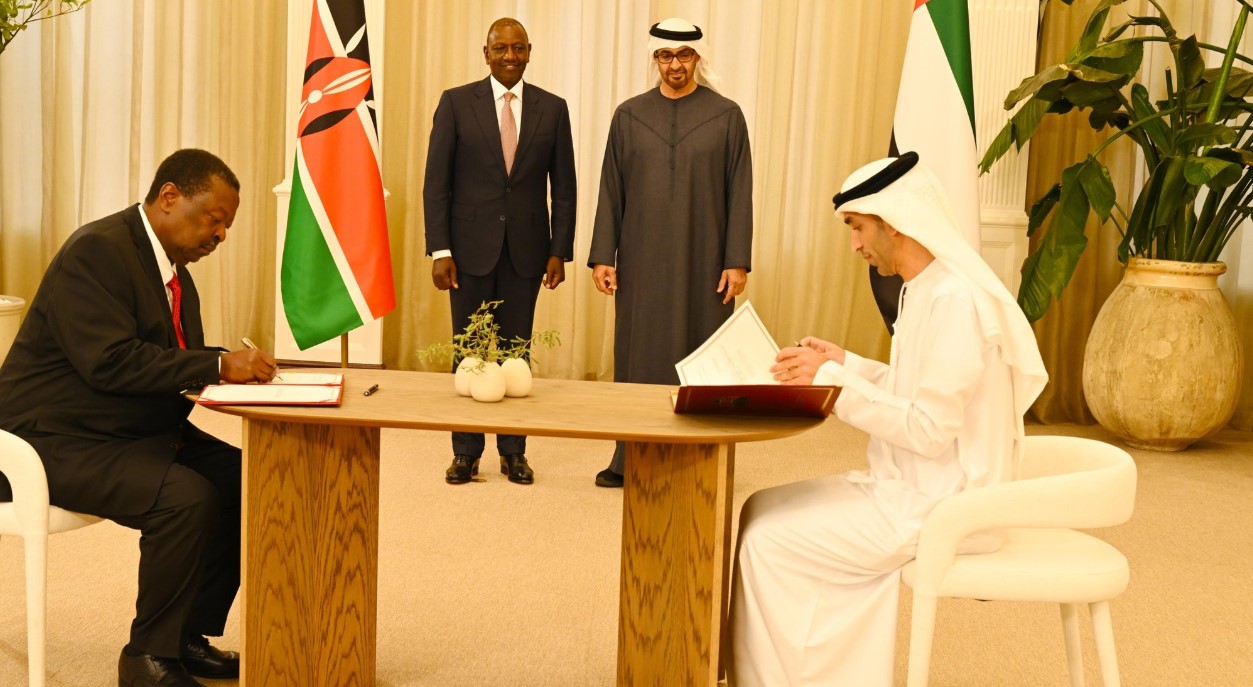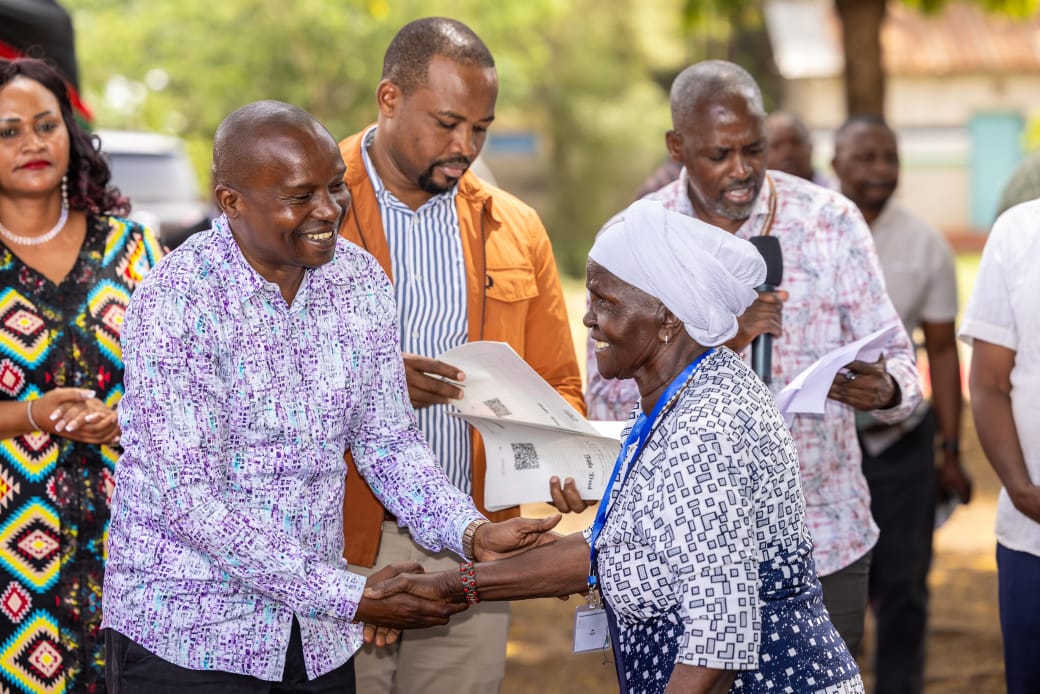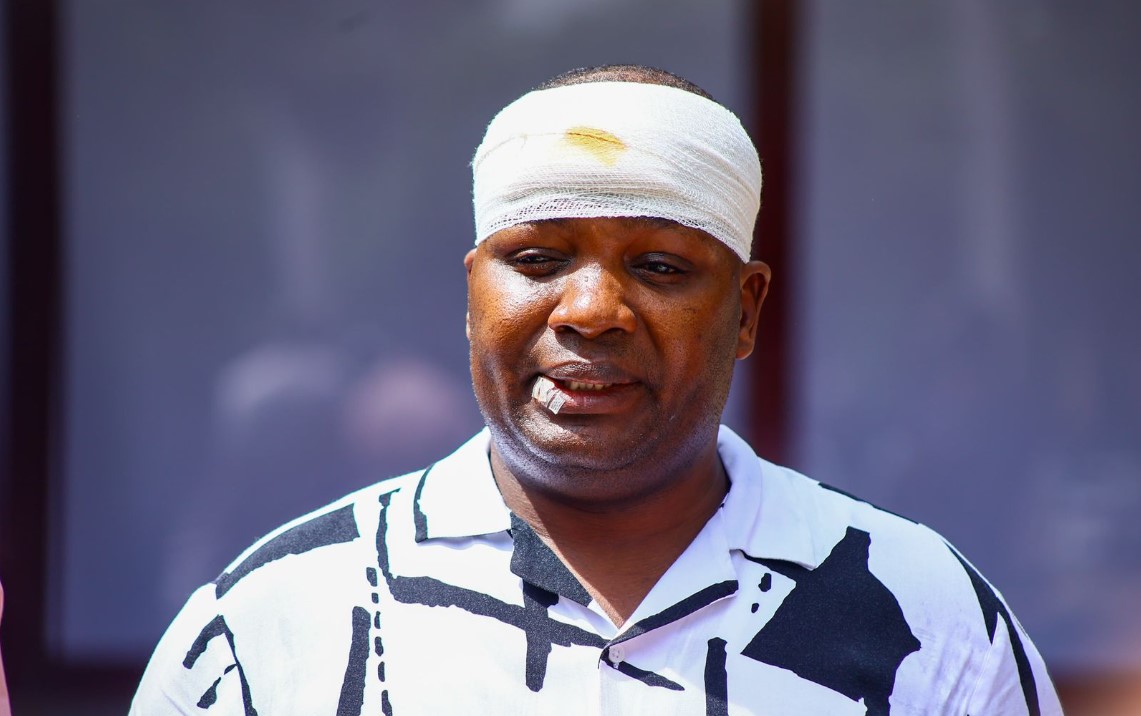Kimathi Street: Why this Nairobi road is now a favourite spot for Gen Z protesters
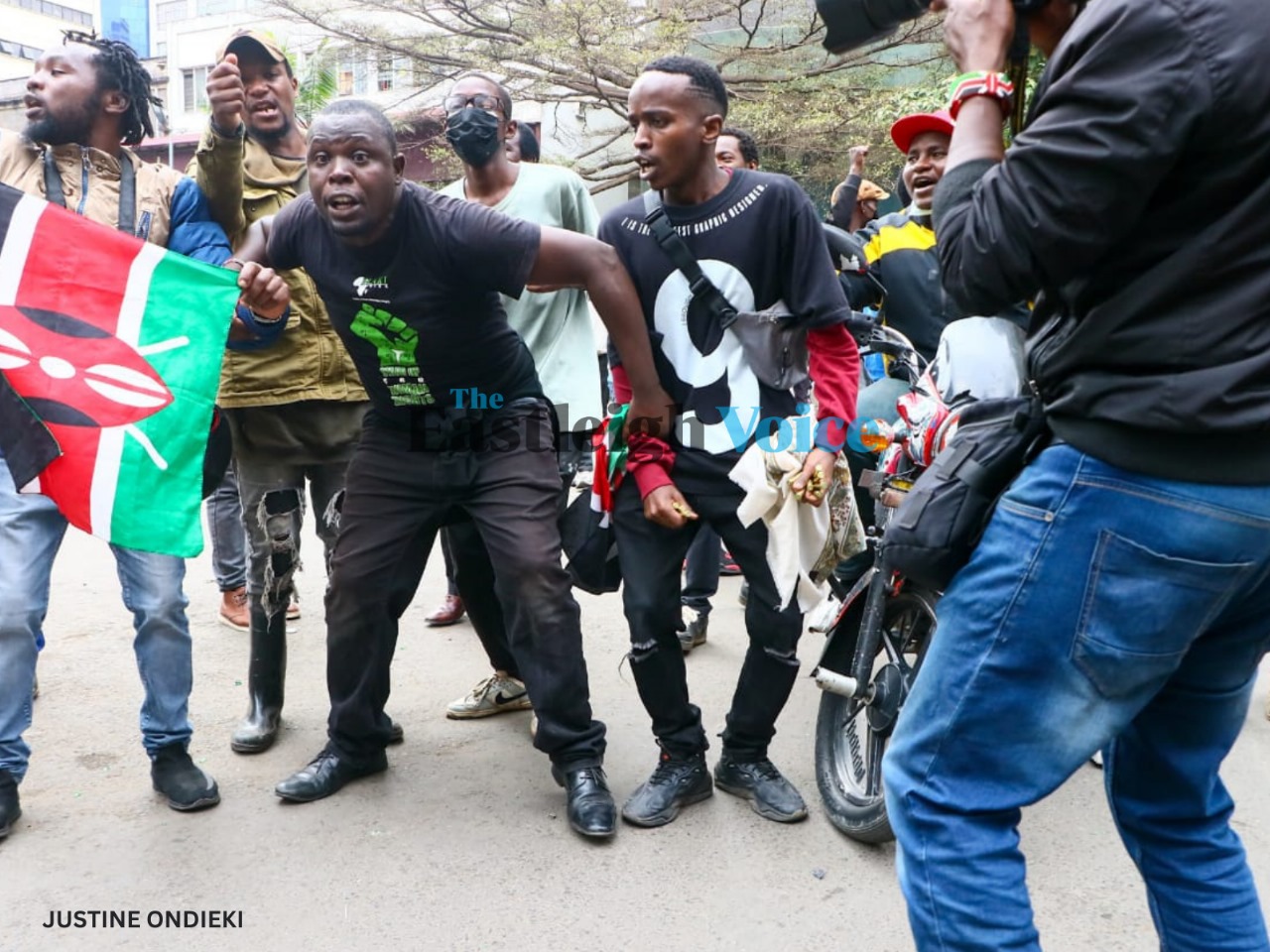
Protests have led to renewed scrutiny of certain urban symbols like statues, what they represent, and how they are perceived.
On Tuesdays, during protests in Nairobi against the government, Neil Namu and his friends converge on Kimathi Street to sing the national anthem and other patriotic songs. So much is their love for the street that the volleys of teargas canisters fired by police don’t move them.
Namu is also a spoken word poet who churns out lyric after lyric agitating for change. In one instance, The Eastleigh Voice caught up with him around Old Mutual Building as a deadly exchange between protesters and anti-riot police ensued. All he had was his poem to amplify his message to the government.
More To Read
- Report shows 44 per cent jump in Kenya’s kidnapping cases amid growing security concerns
- How Kenya police hid killings of anti-government protesters
- How High Court judge wrestled top cop Gilbert Masengeli in legal tussle over abducted rights activists
- From Gen Z protests to shilling's performance: What shaped Kenya in 2024
“The people have decided that they want change. All of us have agreed that it is change that we want. We are unbowed by police or any other person because our ultimate goal in this protest is change,” said Namu.
The young protesters say Kimathi Street is significant to them because of its story and the person whom the street is named after – freedom fighter Dedan Kimathi.
“We revere Dedan Kimathi because of his liberation struggle for the independence of our country. We converge to pay homage to him,” said Ian Mwangi.
Mwangi said that they draw inspiration from Kimathi in the struggle for a better and just society.
The recent events of civil unrest that started with the rejection of Finance Bill 2024 brought to the fore the complex dynamics of urban memorialisation in Nairobi. The protests have, in some places, led to renewed scrutiny of certain urban symbols – such as commemorative statues – what they represent, and how they are perceived and interpreted.
Unlike monuments and statues, names of places are intangible and less imposing but are an indispensable part of the urban symbolic landscape.
In Nairobi, street names are imbued with symbolic references to power structures within society. During the 1895 to 1963 British rule in Kenya, several streets and places were given names that reflected the control of the colonisers. Soon after Kenya gained independence, streets were renamed as a way of renouncing the colonial regime and its ideologies.
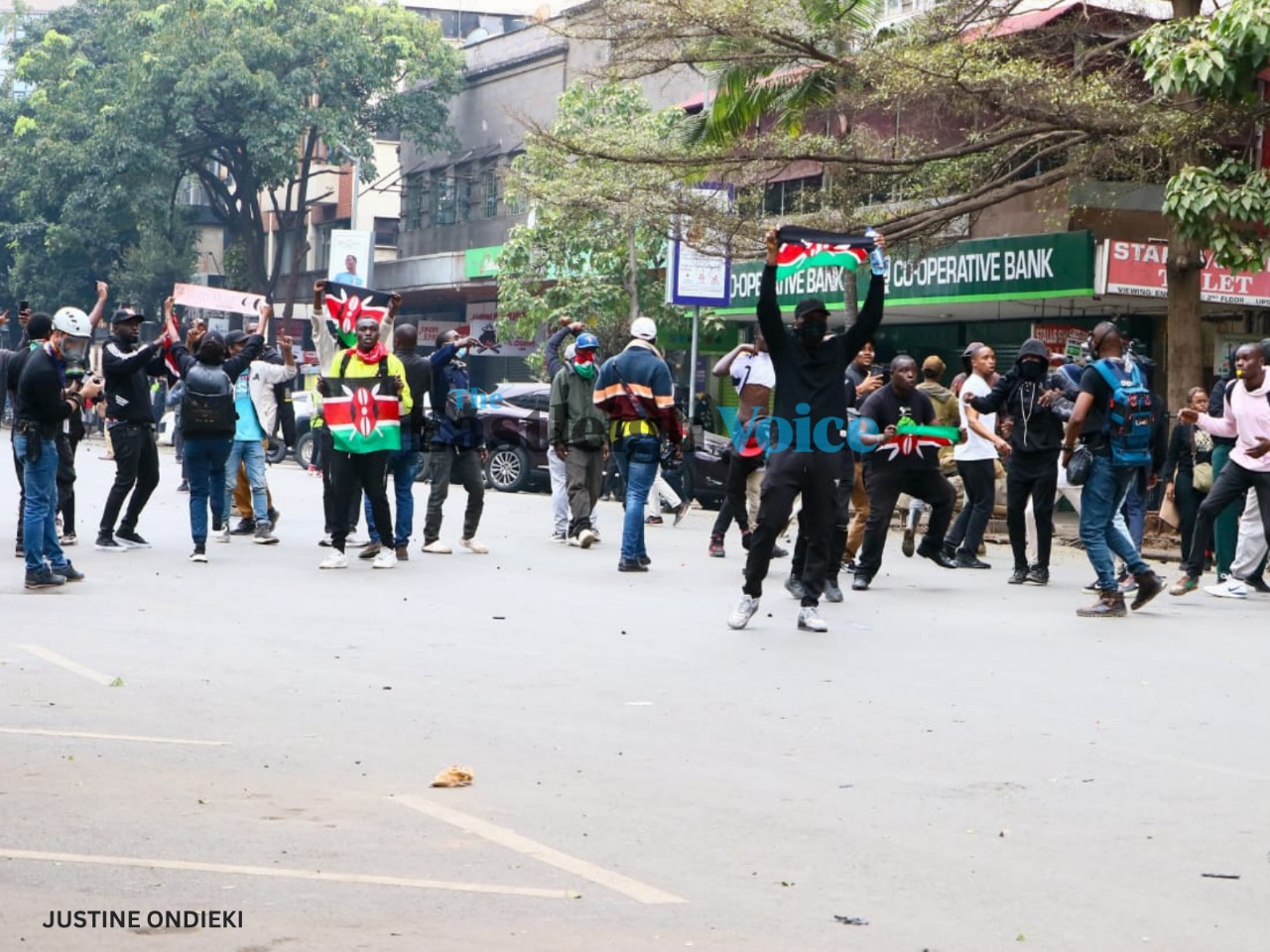 Nane Nane protesters carry flags on Kimathi Street in Nairobi. (Photo: Justine Ondieki)
Nane Nane protesters carry flags on Kimathi Street in Nairobi. (Photo: Justine Ondieki)
Walking along Kimathi Street in Nairobi, you will most likely come across the statue of a man donned in military-like regalia, holding a firearm in one hand and a knife in the other.
Field Marshal Dedan Kimathi
That is the statue of Mau Mau freedom fighter, Field Marshal Dedan Kimathi. It was made to picture him holding the last weapons he used to fight for Kenya's independence.
He was a senior military and spiritual leader of the Mau Mau uprising during Kenya's colonial period. He was born on October 31, 1920, in Nyeri and his parents named him Kimathi wa Waciuri.
Kimathi led the Mau Mau in fighting against British colonial rule in the 1950s until his capture in 1956.
While Kenyans viewed him as the heroic figurehead of the freedom struggle, the British government saw him as a threat.
This road was formerly known as Hardinge Street but was later renamed Kimathi Street to honour his role in the Mau Mau War. The statue, made by Francis Kaguru, was unveiled for former President Mwai Kibaki in 2007 as an honour to thousands of Kenyans killed during the fight against British rule in the 1950s.
The launch on February 18, 2007, also marked the 50th anniversary of Kimathi’s execution at Kamiti Prison.
 Kenya unveiled a statue of top Mau Mau leader Dedan Kimathi in Nairobi's CBD in 2007. (Poto: Handout)
Kenya unveiled a statue of top Mau Mau leader Dedan Kimathi in Nairobi's CBD in 2007. (Poto: Handout)
After Kenya gained independence in 1963, the city’s streets were renamed to reflect nationalism and Pan-Africanism. The process was not devoid of challenges. There were inconsistencies, for instance in terms of ethnic representation, owing to the diverse interests that needed to be accommodated. It was an enormous task for the new government.
Generally, under the new government, street names acted as sites for the restitution of justice for those who suffered under British rule and as symbols of memory, ethnic diversity, and unity.
The renaming of the streets happened in waves. The first was in 1964, with Delamere Avenue being renamed Kenyatta Avenue, after Kenya's first president Mzee Jomo Kenyatta.
Historian Godwin Ochieng said there is a lot of political consideration that goes into the renaming of streets. He says that for instance, in 1969, a street was named after Tom Mboya, a popular minister who was assassinated that same year.
However, there was a back-and-forth before that happened. Some wanted Government Road, where Mboya was assassinated, named after him. Others proposed St. Austin’s Road, which was close to his residence, given his name. The government rejected both suggestions and, eventually, settled on Victoria Street to honour the late Mboya. Government Road was later renamed Moi Avenue while St. Austin’s Road was renamed James Gichuru Road.
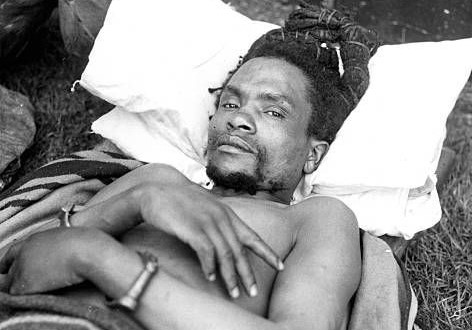 The late Field Marshall Dedan Kimathi. (Photo: Handout)
The late Field Marshall Dedan Kimathi. (Photo: Handout)
“In independent Kenya the purpose of the toponymic changes was twofold: to erase names of the colonisers who were deemed as imposters and to celebrate the new heroes – Kenya’s political leaders and freedom fighters. Heroes such as Dedan Kimathi were superficially celebrated by the new political bourgeoisie,” said Ochieng’.
Today, the street is the epicentre of the ongoing anti-government protests, and that makes Douglas Audi happy.
“You know when you are protesting near the statute of Dedan Kimathi and that of Tom Mboya it perhaps makes our founding fathers proud,” said Audi.
On an ordinary day, away from the demonstrations, Kimathi Street beams with activities that make it a 24-hour business hub, thanks to the numerous bars, banks, takeaway food joints, and a five-star hotel.
Trending
